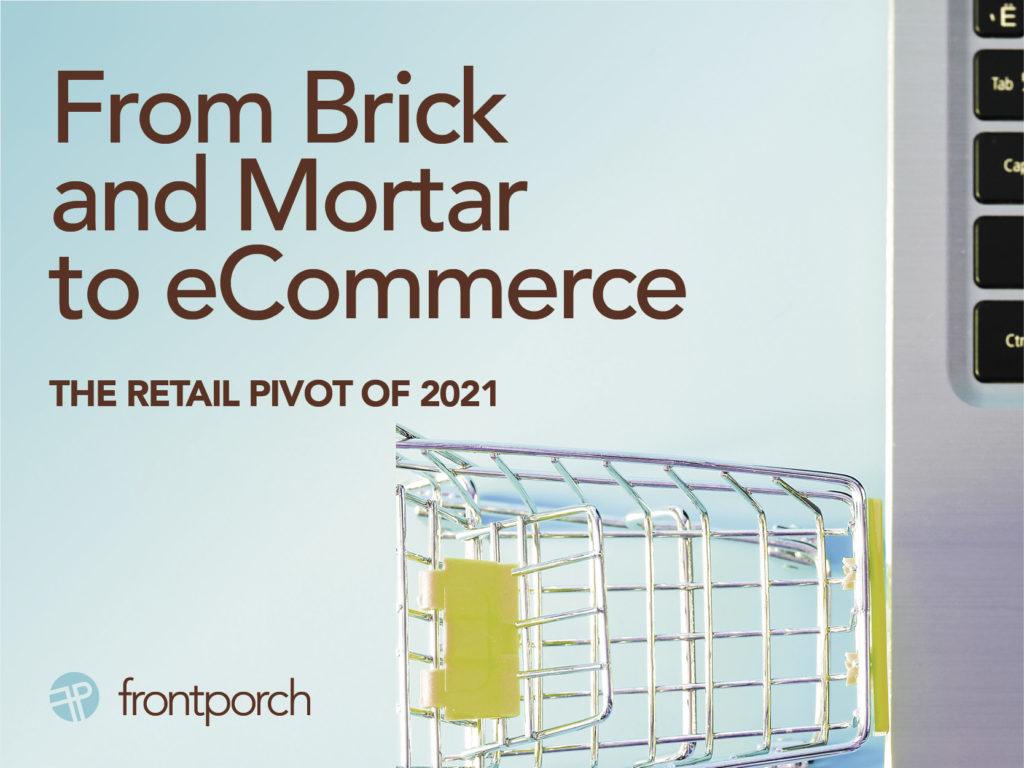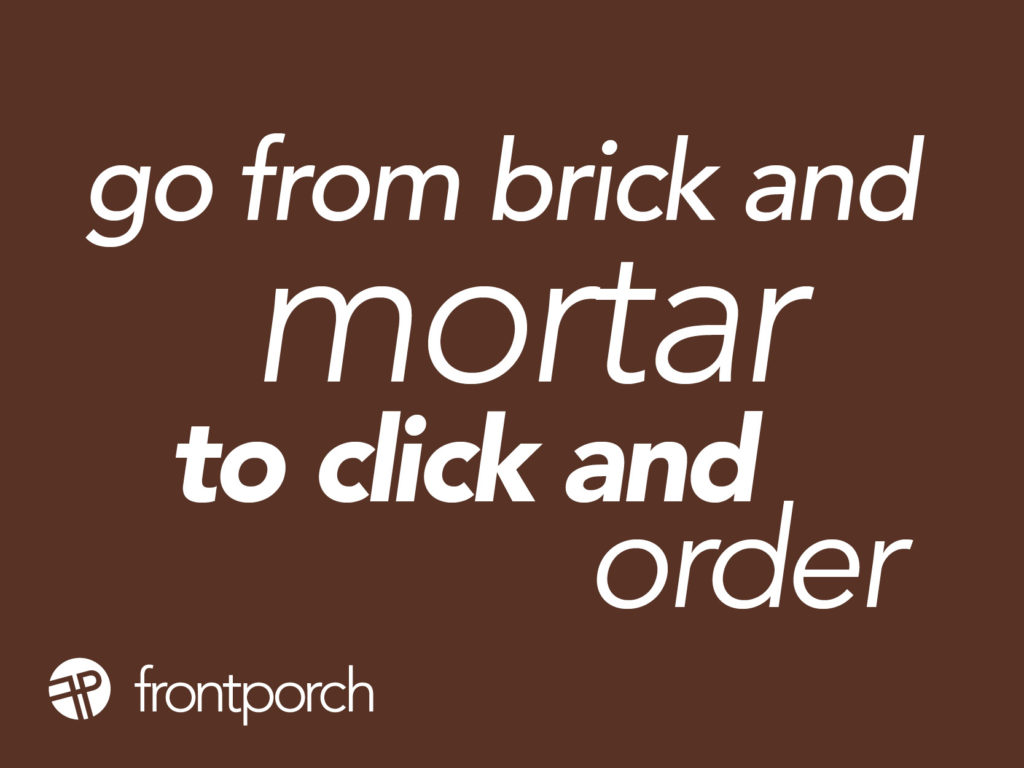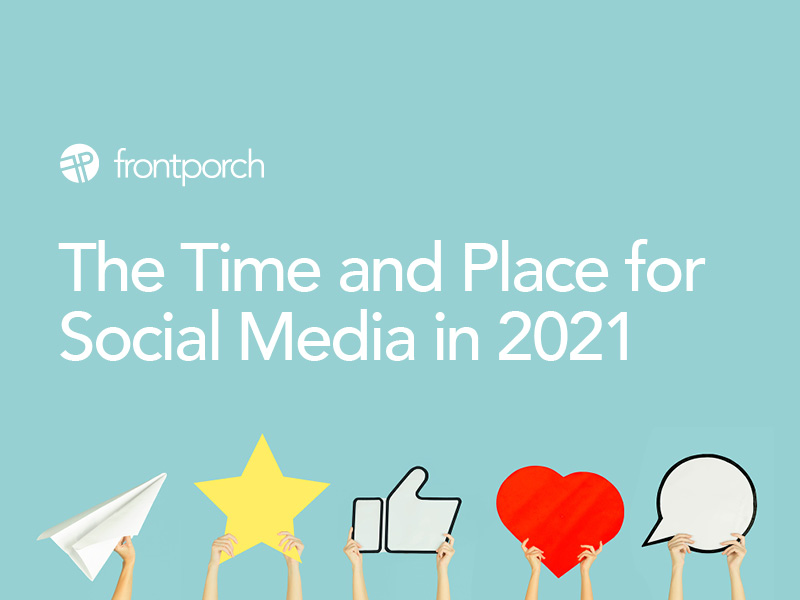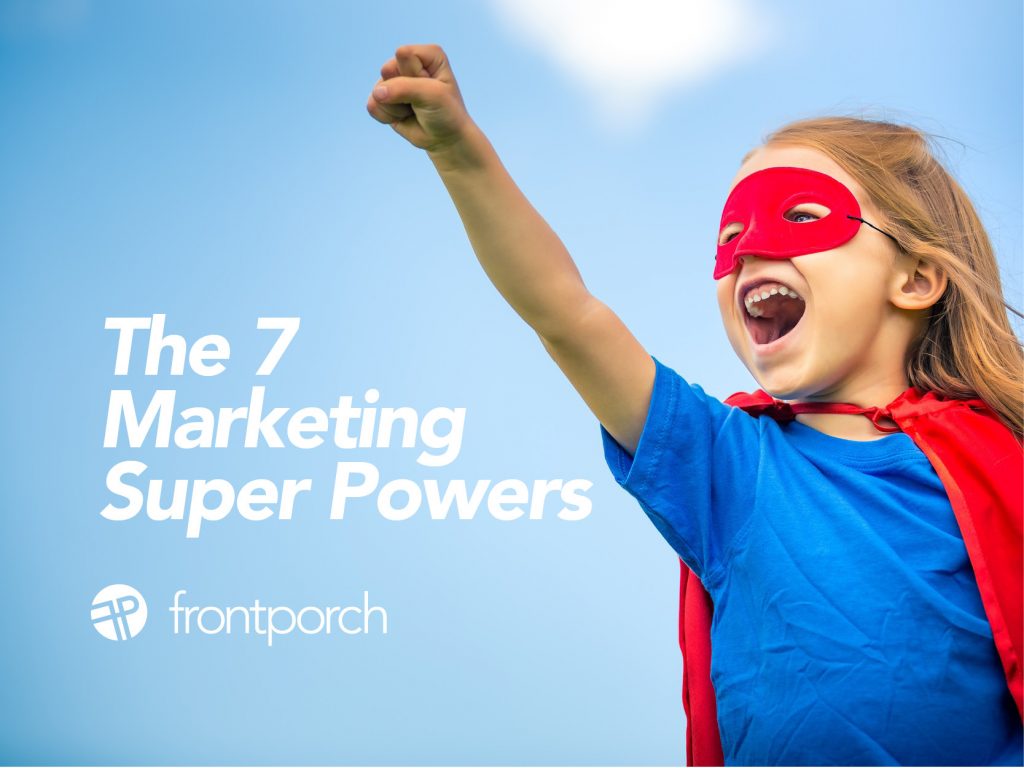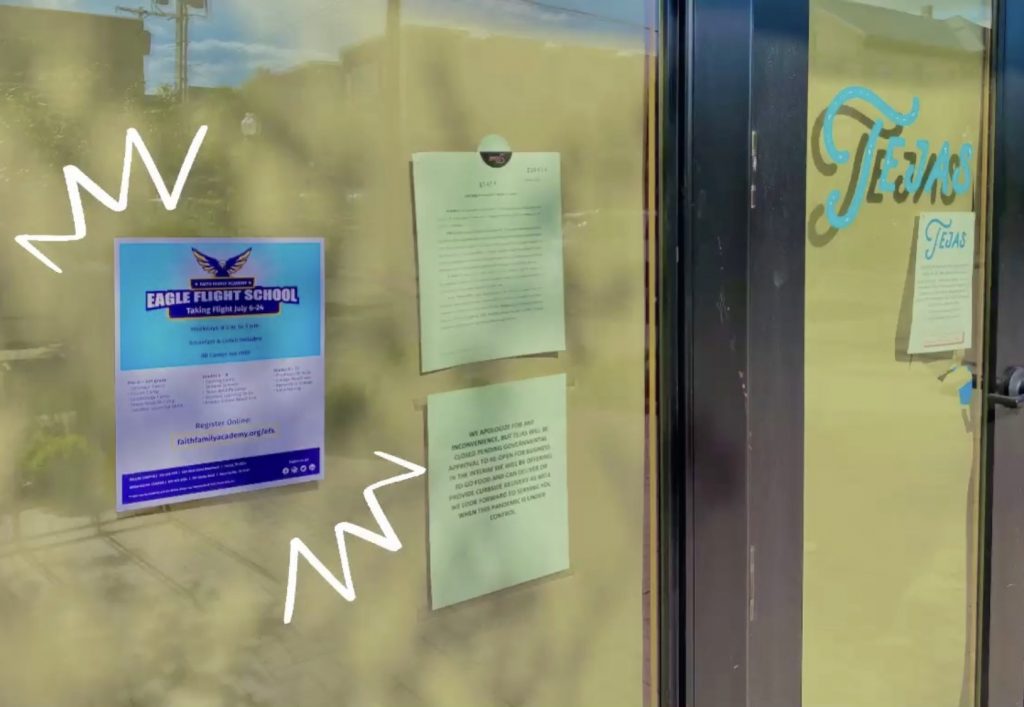
A winning marketing campaign is all about selecting choice plays from your marketing playbook to best reach a specific goal. It is a single piece of your overall marketing plan, not the whole playbook. You wouldn’t run all of your plays against every opposing team. Marketing campaigns are tailored to individual need(s), too.
Why do you need one?
Any brand looking to launch a new product or site, announce an expansion, celebrate a milestone or grow interest in a specific event can benefit from a marketing campaign.
One of our clients is a well-known and respected local healthcare facility. They needed to market an expansion project three years in the making. Children and their families are their focus, so they requested a game or an app. They wanted to reach more than just their internal audiences (patients and families) though. To reach external audiences (the community at large, donors, etc.), they really needed more than a single marketing tool. They needed a full court press campaign.
How do you create a winning campaign? Here are 5 key components to success:
- Determine your why. What is your goal? Is it a successful event, increased sales numbers, greater foot or website traffic, or making your brand more recognizable? Once you know the endgame, you can start figuring out how to play it to win it.
- Scout the roster. Who is your target audience? What are their likes, dislikes, and the mediums they are most responsive to? If you don’t know who is playing the game, you’re going in behind in the count.
- Choose the right venue. Oftentimes when you think of marketing campaigns billboards, mailers or TV ads come to mind. It can be any (or all) of those, but it can also be so much more. Perhaps social media or e-mail marketing is a better choice. A combination of things may score the most points. It is all about appealing to your audience in the arena(s) they know best. Marketing campaigns are not one-stop shops.
- Timing matters. If you are launching a product, you want to play the long game to develop interest beforehand and keep it rolling long after. This was the case for our client. They needed a three-year campaign to match their three-year expansion project. If you have a major event scheduled, then you have a “big game” situation. Hyping it up beforehand and making sure to have the right crowd in attendance means you have to watch the clock.
- Create championship content. Remember the Rule of 7 and make sure your content is consistent, creative and compelling.
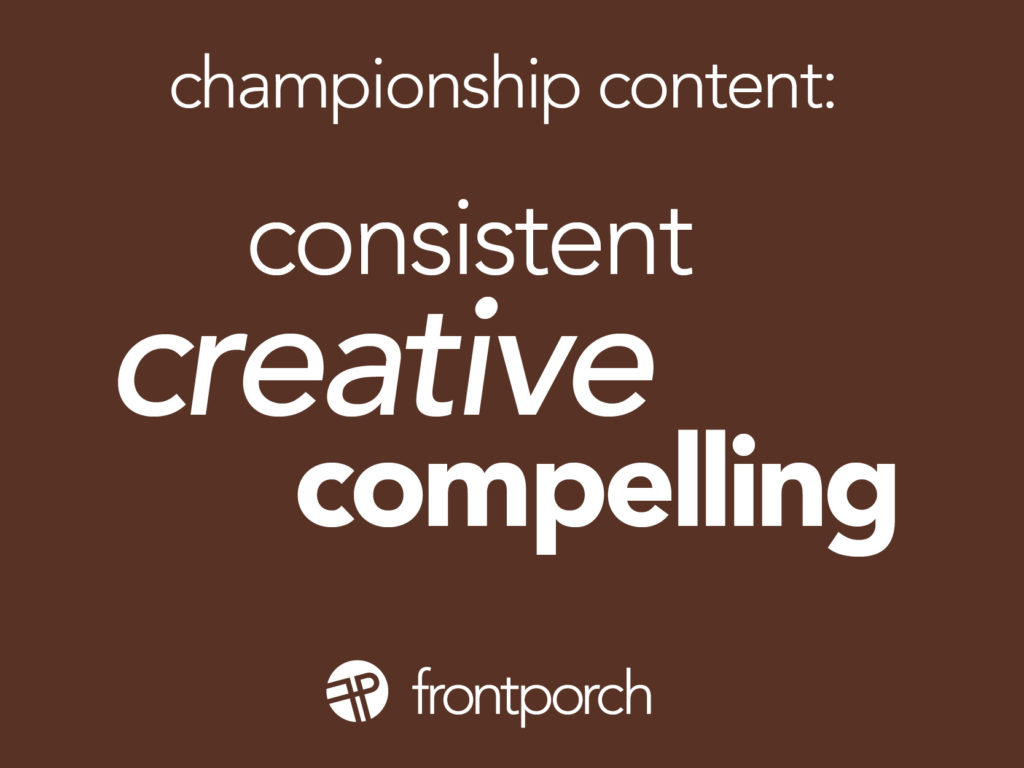
A winning marketing campaigns is all about learning what makes your crowd go wild. We’d love to join your team and help you plan for the dub.

